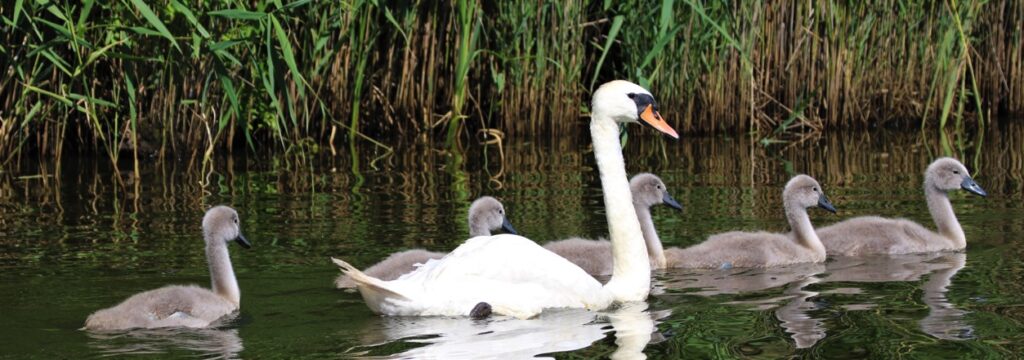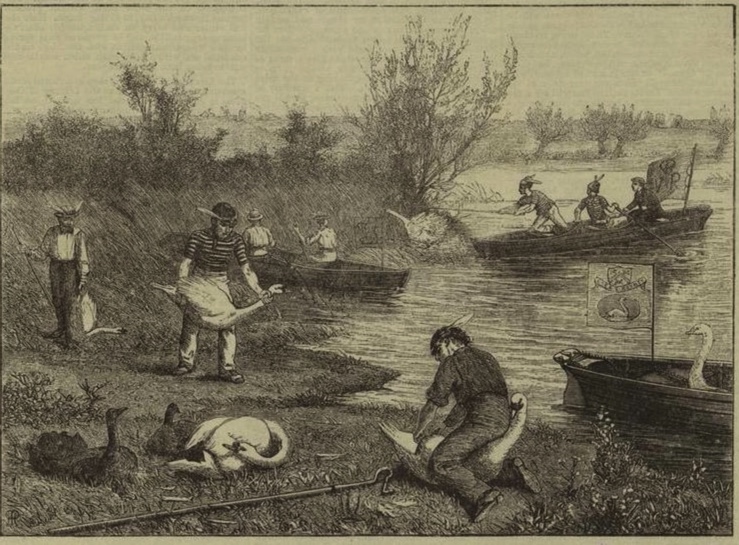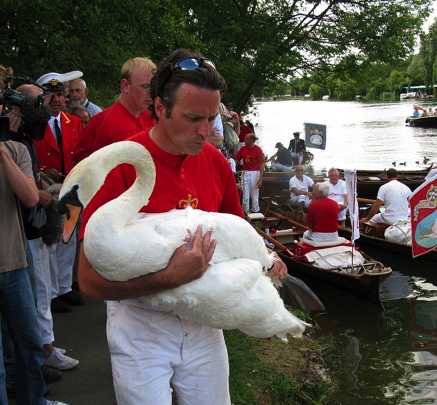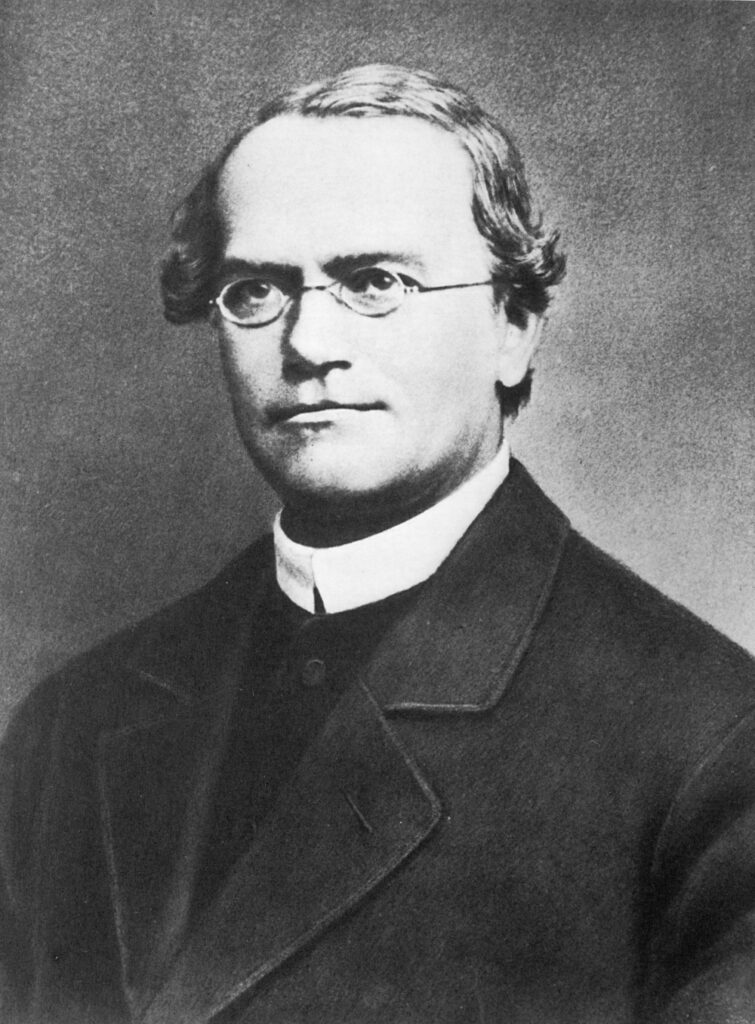Tradition is important in England, and if it involves the Queen or King, then it is really important! One aspect of royal tradition is now also important as a conservation and education tool—the annual “Swan Upping” on the Thames River.

Since the 12th Century, representatives of the British monarchy (today that’s Queen Elizabeth II) have conducted an annual census of the population of mute swans (Cygnus Olor). The swans were valuable back then as a food resource, and, just like cattle in the American West, swans were “branded” so the owners knew which belonged to whom. In mid-summer, the Royal Swan Marker and his crew rounded up families of swans by surrounding them with long, narrow row-boats (when they spotted a swan family, they cried “all up” and surrounded the bevy; hence the name swan “upping”). They checked the birds for disease and injury, and they marked the young, called cygnets, with the same ownership brand as the adults. In earlier centuries, the mark was a distinctive series of nicks cut into the birds’ bills; today it is a leg-band, just like those used throughout the world for scientific purposes.

The subject of all this effort, the mute swan, is a staple in European culture and history (for a long time, it was literally a staple on the dinner plates of hungry English families). The birds feature in ancient cave art, and their mostly monogamous, life-long pairing has made them a symbol of love and faithfulness. Hans Christian Andersen’s tale of The Ugly Duckling is about a mute swan.
The species was introduced into North America throughout the late 1800s and 1900s as an ornamental bird for the ponds of wealthy landowners and parks. It is now commonplace across the continent. Despite its majestic beauty, the mute swan can be a nuisance, displacing native birds by its aggressive behavior and degrading native ecosystems by its voracious appetite.
Today, England’s annual Swan Upping occurs during the third week of July (in 2021, it started on July 20). Although swan upping was once a widespread and economically important activity, today it occurs as a ceremonial event over several days on a 79-mile stretch of the Thames River north of London.

But it is perhaps more important today than ever. Today Swan Upping is all about conservation and environmental education. The annual event continues to monitor the health of the mute swan population, providing an index of general environmental quality. Associated events involve children in observing the birds and learning about their biology and the overall ecology of the Thames River, especially pollution and damage to birds from fishing lines and other litter.
But all in all, I think it’s great that we get “up” for conserving our natural resources. Anyone ready for tea and crumpets?
References:
Cornell Lab of Ornithology. Mute Swan. Available at: https://www.allaboutbirds.org/guide/Mute_Swan/overview. Accessed July 21, 2021.
House of Windsor. Swan Upping. Available at: http://www.thamesweb.co.uk/windsor/windsor1999/upping.html. Accessed July 21, 2021.
Royal Society for the Protection of Birds. Mute Swan. Available at: https://www.rspb.org.uk/birds-and-wildlife/wildlife-guides/bird-a-z/mute-swan/. Accessed July 21, 2021.
The Royal Family. Swan Upping. Available at: https://www.royal.uk/swans. Accessed July 21, 2021.
The Queen’s Swan Marker. Swan Upping. Available at: http://www.royalswan.co.uk. Accessed July 21, 2021.

